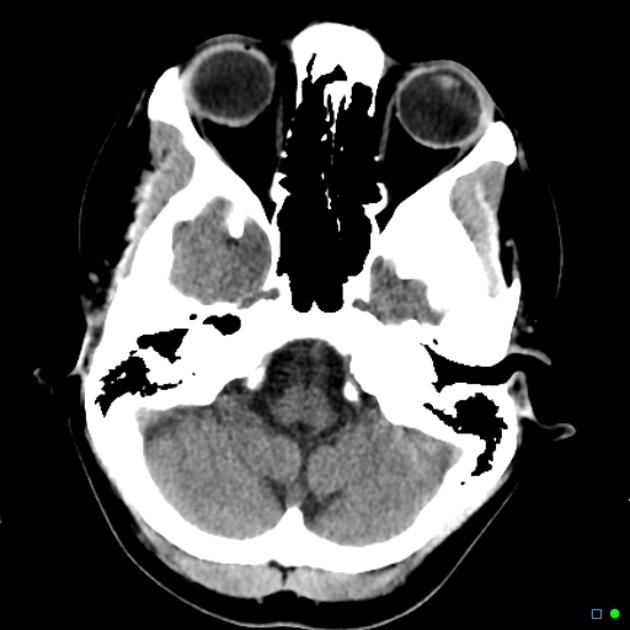Friedreich ataxia is the most common hereditary progressive ataxia.
On this page:
Epidemiology
Thought to have an estimated prevalence of ~1:50,000. There is no recognized gender predilection.
Clinical presentation
There are a wide variety of potential clinical manifestations 11. It typically presents in childhood to adolescence 11. Those with a higher number of trinucleotide repeats (>500) are thought to present at an earlier age and with a more severe clinical phenotype 1.
-
neurological
cerebellar and spinocerebellar tract involvement: four-limb ataxia, gait ataxia, cerebellar dysarthria
lateral corticospinal tract involvement: upper motor neuron pattern weakness
dorsal columns involvement: vibration and proprioceptive loss
dorsal root ganglia involvement: areflexia
-
musculoskeletal
Pathology
Genetics
The condition results from an expansion of an unstable GAA trinucleotide repeat in the FXN gene located on chromosome 9q 1,6,11. This gene encodes for frataxin, a protein that has multiple important roles in relation to iron in various tissues of the body, but most prominently the brain, heart and pancreas 11. Friedreich ataxia carries an autosomal recessive inheritance 1.
Microscopic appearance
In the posterior and lateral columns of the spinal cord, there is a loss of myelinated fibers and gliosis.
Radiographic features
MRI
In the brain and spinal cord:
may show thinning (reduction in AP diameter) of the cervical cord 2
cerebral and cerebellar atrophy may also be evident 5
-
DWI with mean diffusivity maps may be a suitable non-invasive technique to quantify the extent of neurodegeneration in Friedreich ataxia, showing a microstructural involvement of structures such as optic radiation and middle cerebellar peduncles 10
this is largely a research tool
Treatment and prognosis
Management is generally supportive, including screening of complications (e.g. hypertrophic cardiomyopathy, dysphagia). Omaveloxolone, an Nrf2 activator, may have benefit in improving neurological symptoms 12.
History and etymology
It is named after Nikolaus Friedreich (1825-1882), a German physician.





 Unable to process the form. Check for errors and try again.
Unable to process the form. Check for errors and try again.